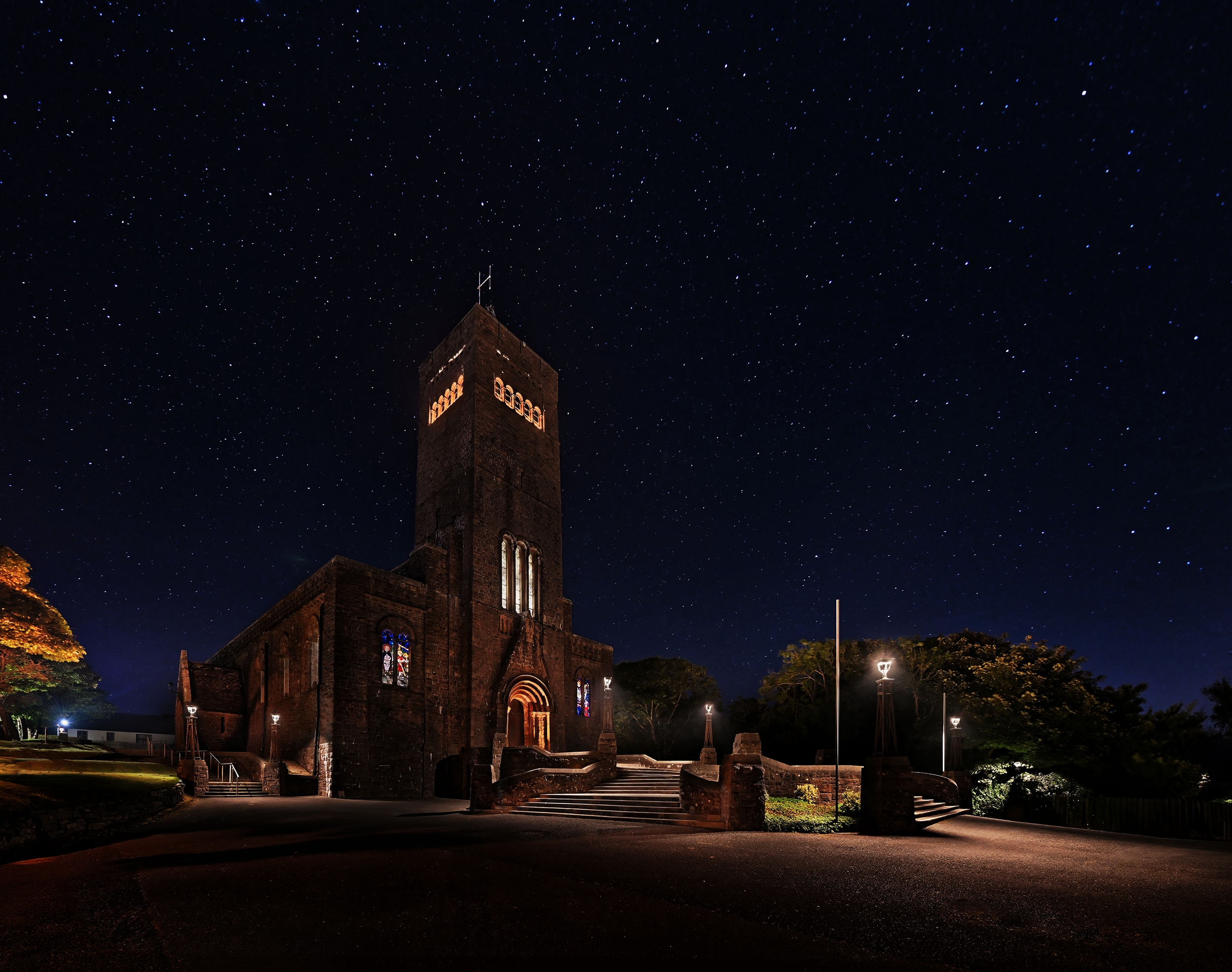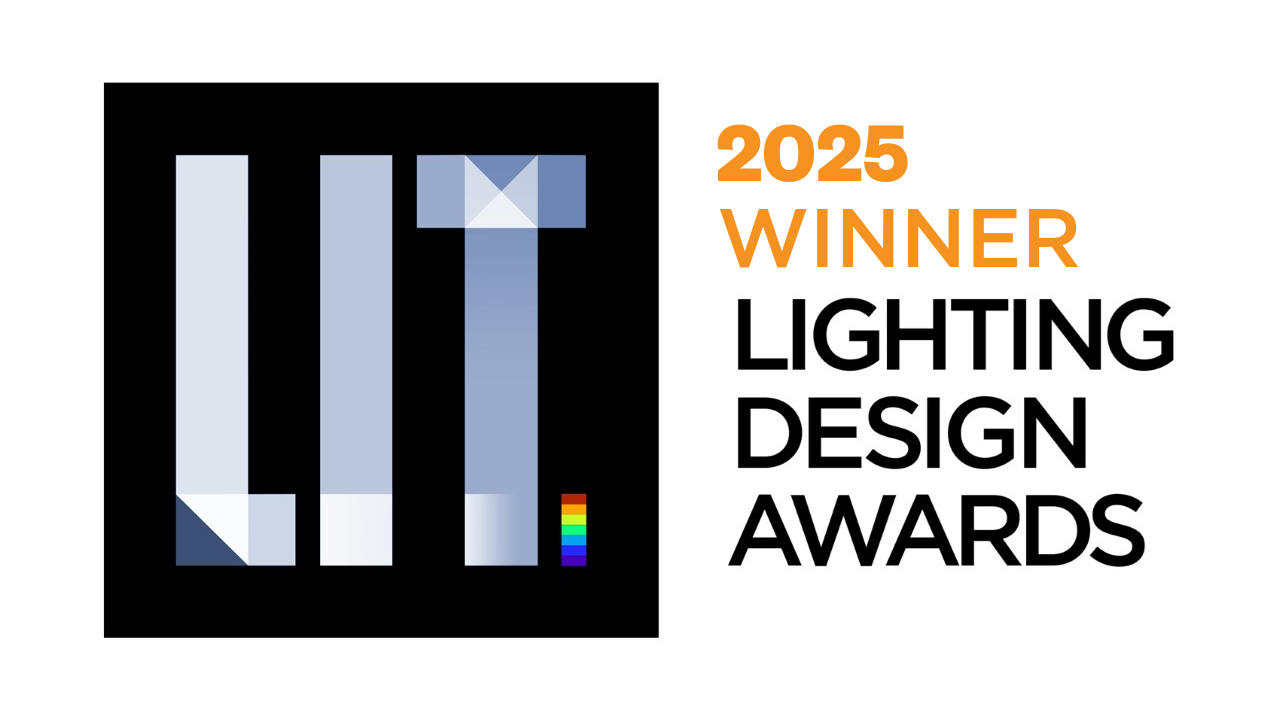Prize(s) Winners in Low Carbon Lighting
Lighting Design/Product Company Dark Source
Lead Designers Kerem Asfuroglu
Architecture Company David Keane (Conservation Engineer) Southgate Associates
Client Mayo Dark Skies
Photo Credits Georgia MacMillan, Michael McLoughlin
Other Credits Electric Skyline Contractors
Completion Date 01.01.2024
Project Location Newport, Ireland
Entry DescriptionThe project advocates for visual & physical manifestation of environmental ethos through considerate use of light on a publicly respected architecture as a communication platform. It challenges the common doctrine that one must fully illuminate the architecture to communicate its purpose or value. This inverts the relationship between light & dark by emphasising the carefully selected architectural features whilst retaining unilluminated surfaces in abundance, and informing a confident canvas superimposed on the night sky. Uplighting is only utilised where the spill can be contained. Backlighting of the front facade windows emphasised verticality & the stained glasswork whilst all other windows relied on passive illumination. The warm-lit windows aimed to evoke an inviting sense of domesticity. The old scheme only focused on emphasising the verticality through excessive floodlighting whilst the new design restructured this hierarchy by balancing both vertical & horizontal experience. Heritage-style lanterns unified the scheme by extending the architectural lighting to landscape, thus encouraging social activity after dark. This transformed the church’s night-time role from being an object of interest to a destination worth visiting after dark. Harry Clarke's 'The Last Judgement' was gobo-projected on the floor as if the interior light was spilling from the rear facade window.
Sustainability ApproachThe new LED exterior lighting scheme (along with the re-lamping of interior pendants) resulted with 2 tonnes of CO2e and 50% light pollution reduction across the town demonstrated that a powerful night-time image can be created through judicious use of light. Due to the budget and technical constraints, existing cabling and power locations were utilised as much as possible. The lack of dimming & control system proposed the challenge of balancing and composing all light layers at the right level of intensity. A simplified lighting regime was created through timers and daylight sensors, switching the vertical features off at curfew. 2200K luminaires with high energy-efficiency & circular economy ratings were used to minimise the environmental impact whilst providing a consistently warm, inviting but measured feel for the built environment.


